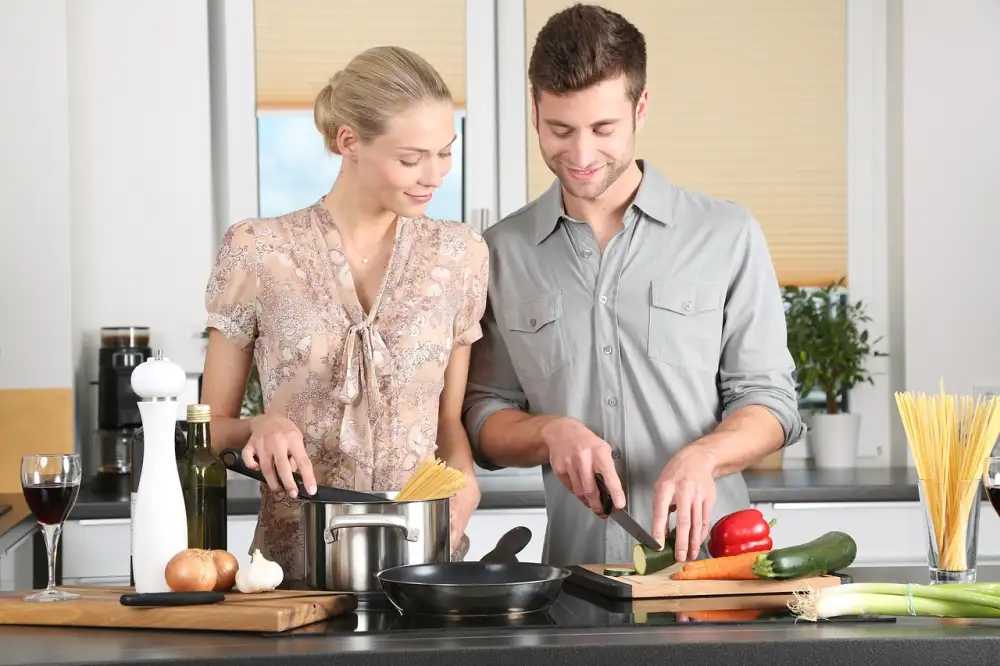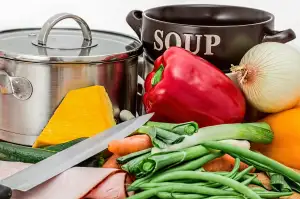Master the Perfect Chicken Temp: Unlock the Secrets to Cooking Chicken at the Ideal Temperature

- Understanding the recommended internal temperature for different cuts of chicken
- Tips for using a meat thermometer to ensure accurate chicken temp
- Factors that can affect chicken temp, such as oven variations and chicken thickness
- How to properly rest cooked chicken to retain moisture and flavor
- Common mistakes to avoid when determining chicken temp
- Additional resources for further information on chicken temp and food safety guidelines.
Chicken temp, or the internal temperature of chicken when cooked, is a crucial factor in achieving perfectly cooked and safe-to-eat chicken. It determines whether the chicken is undercooked, cooked just right, or overcooked. Cooking chicken to the ideal temperature ensures that it is juicy, tender, and free from harmful bacteria. Understanding and mastering the art of chicken temp will elevate your cooking skills and guarantee delicious results every time you cook chicken.
Understanding the recommended internal temperature for different cuts of chicken
Understanding the recommended internal temperature for different cuts of chicken is crucial to ensure that it is cooked safely and thoroughly. Here are some guidelines to follow:
1. Whole Chicken: The internal temperature of a whole chicken should reach 165°F (74°C) in the thickest part of the thigh or breast.
2. Chicken Breasts: Boneless, skinless chicken breasts should be cooked to an internal temperature of 165°F (74°C) for optimal safety.
3. Chicken Thighs and Drumsticks: Dark meat cuts like thighs and drumsticks have more fat and connective tissue, so they require slightly higher temperatures. Cook them until they reach an internal temperature of 175°F (79°C).
4. Ground Chicken: Ground chicken should always be cooked to an internal temperature of 165°F (74°C) to eliminate any risk of bacterial contamination.
By following these recommended temperatures, you can ensure that your chicken is not only safe to eat but also tender and juicy.
Tips for using a meat thermometer to ensure accurate chicken temp
To ensure accurate chicken temp, it is essential to use a meat thermometer. Here are some tips for using it effectively:
1. Insert the thermometer into the thickest part of the chicken, avoiding bones and fat. This will give you the most accurate reading of the internal temperature.
2. Make sure the thermometer is properly calibrated before use. Follow the manufacturer's instructions to ensure accurate readings.
3. For whole chickens, insert the thermometer into the thickest part of the thigh without touching bone. The recommended internal temperature should reach 165°F (74°C).
4. For chicken breasts or other boneless cuts, insert the thermometer horizontally from the side to get an accurate reading in the center of the meat.
5. Take multiple readings from different parts of the chicken to ensure consistency throughout.
By following these tips and using a meat thermometer correctly, you can confidently cook chicken to perfection every time, ensuring it is safe to eat while retaining its juiciness and flavor.
Factors that can affect chicken temp, such as oven variations and chicken thickness
Several factors can affect the temperature of chicken during cooking. One such factor is oven variations. Ovens can vary in terms of their accuracy and consistency in maintaining the desired temperature. It's important to use an oven thermometer to ensure that the temperature inside the oven matches what is set on the dial.
Another factor that can affect chicken temp is the thickness of the meat. Thicker cuts of chicken will take longer to cook, while thinner cuts will cook more quickly. To ensure even cooking, it's best to pound thicker cuts to a uniform thickness or adjust cooking times accordingly.
By being aware of these factors and making necessary adjustments, you can ensure that your chicken reaches the ideal internal temperature for safe and delicious results.
How to properly rest cooked chicken to retain moisture and flavor
After cooking chicken to the recommended internal temperature, it is crucial to allow it to rest before cutting into it. Resting allows the juices to redistribute throughout the meat, resulting in a moist and flavorful final product.
To properly rest cooked chicken, remove it from the heat source and tent it loosely with aluminum foil. Let it rest for about 5-10 minutes, depending on the size of the cut. This resting period allows the proteins in the meat to relax and reabsorb some of the moisture that was lost during cooking.
Avoid cutting into the chicken immediately after cooking as this will cause all those precious juices to escape, leaving you with dry and less flavorful meat. Patience is key when it comes to resting chicken!
Remember that larger cuts of chicken may require longer resting times, so adjust accordingly. By allowing your cooked chicken to rest properly, you'll ensure that every bite is juicy and packed with flavor.
Common mistakes to avoid when determining chicken temp
When it comes to determining the perfect chicken temp, there are a few common mistakes that many home cooks make. One of the biggest mistakes is relying solely on cooking time as an indicator of doneness. Chicken can vary in thickness, so it's important to use a meat thermometer to check the internal temperature. Another mistake is not properly calibrating the meat thermometer before use. This can lead to inaccurate readings and undercooked chicken. Additionally, some people make the mistake of not allowing enough resting time for the chicken after cooking. Resting allows the juices to redistribute, resulting in a more moist and flavorful final product. By avoiding these common mistakes, you'll be well on your way to mastering the perfect chicken temp every time!
Additional resources for further information on chicken temp and food safety guidelines.
For further information on chicken temp and food safety guidelines, there are several reliable resources available. The United States Department of Agriculture (USDA) provides a comprehensive guide on safe minimum internal temperatures for different types of meat, including chicken. Their website offers detailed charts and information on safe cooking temperatures to ensure that your chicken is cooked to perfection while minimizing the risk of foodborne illnesses. Another helpful resource is the Food Safety and Inspection Service (FSIS), which provides valuable tips and guidelines for handling, storing, and cooking poultry safely. Additionally, reputable cooking websites and cookbooks often include information on chicken temp and food safety practices. Remember, it's crucial to follow these guidelines to ensure that your chicken is not only delicious but also safe to eat.
Published: 21. 11. 2023
Category: Recipes



